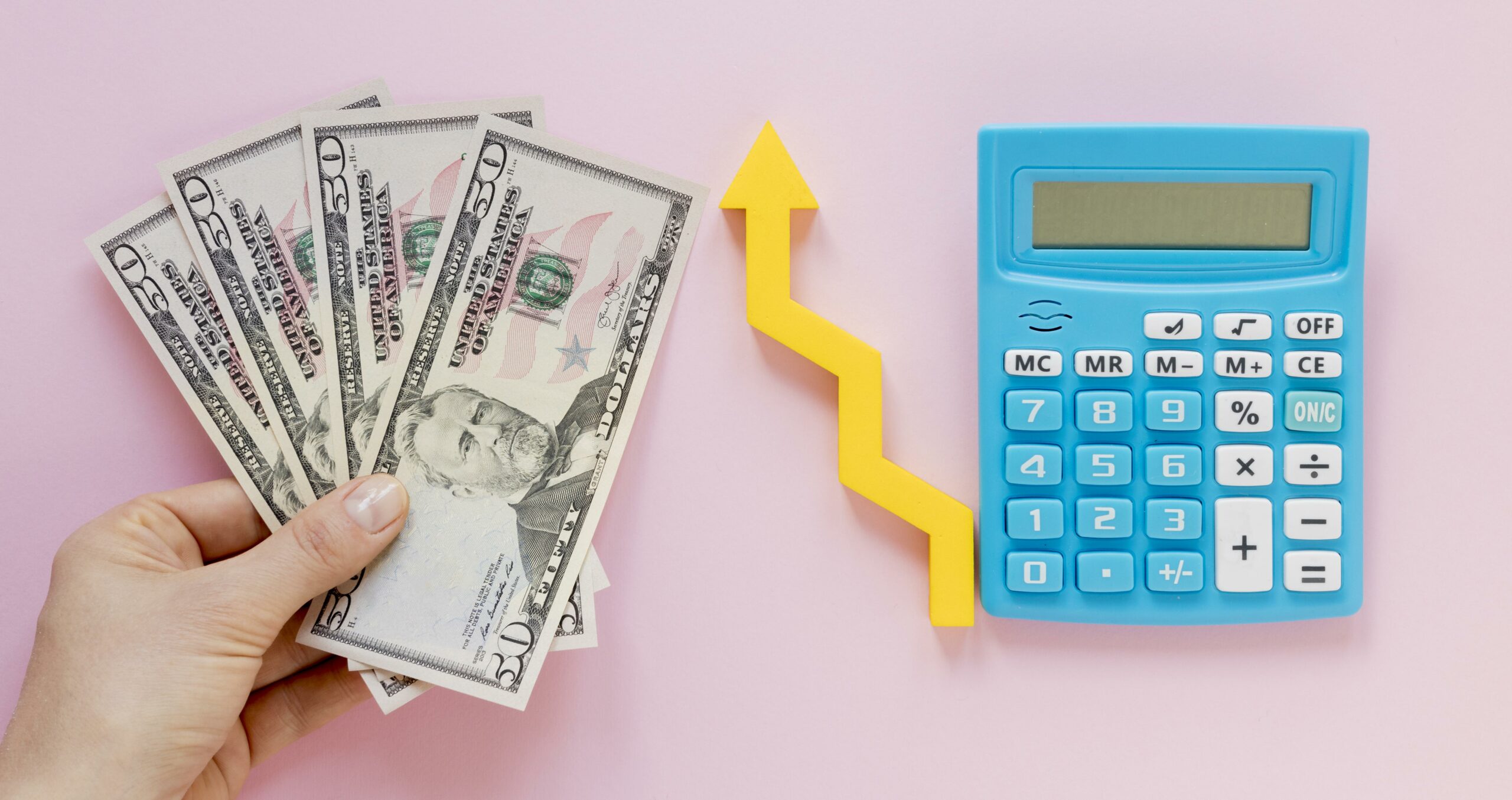
Amazon FBA fees can take a bit of study to understand. The main point, however, is to at least get an understanding of the costs as early as possible. This way, you can build your business properly from the ground up. That is, you can start maximizing your ecommerce profits right from the beginning stages of your business.
Understanding Amazon FBA Fees
The two main categories of fees to consider when selling with Amazon FBA are fulfillment fees and storage fees. Then you have referral fees and a few additional fees.
Fulfillment Fees
Amazon charges fulfillment per unit sold. They cover the costs associated with picking, packing, shipping, and customer service for your products. The fee amount depends on the size and weight of your product. Amazon has different rates for standard-sized, oversized, and bulky items.
Storage Fees
Amazon charges storage on a monthly basis. The rate depends on the average daily volume of space your inventory occupies in their fulfillment centers. Amazon categorizes product sizes under standard, oversized, or bulky. The rate also usually changes based on the time of year. Peak season rates are higher than off-peak rates. Amazon has also recently reduced their off-peak monthly storage fees for standard-sized products.
Referral Fees
Amazon takes a percentage of the total sales price on each product. This is what you pay as a seller to Amazon for referring their customer to you. The rate varies depending on the product category. This commission typically hovers around 15%. However, special categories have significantly higher or lower referral fees.
The Personal Computers category generally has lower referral fees, around 6%. This includes laptops, desktops, and tablets. The Amazon Devices category has the highest referral fees, up to 45% depending on the specific device. This includes Kindles, Echos, Fire TVs, and Fire Tablets. Amazon charges a flat 20% referral fee for selling gift cards on their platform. The referral fee for jewelry can vary depending on the price point. Generally, it falls between 15% and 20%.
Watches can be tricky because Amazon has a two-tiered fee structure for them. They charge a 16% commission on the portion of the sales price up to $1,500. Then, sellers pay an additional 3% commission on any amount exceeding $1,500. Some special categories have high referral fees, too. Check Amazon Seller Central for the latest information on specific product category fees.
For some special categories, like Camera & Photo and Amazon Device Accessories, Amazon charges a minimum referral fee. This applies per unit sold, even if the standard referral fee percentage would result in a lower amount. Note that there’s no minimum fee for Amazon Devices.
Additional Amazon FBA Fees
Amazon closing fees are a fixed fee they charge for each media item sold, like books, DVDs, and music. Amazon also charges other fees sometimes for special services like returns processing or product labeling. On top of referral fees, sellers are still responsible for fulfillment fees, storage fees, and potentially other FBA fees. This depends on their chosen services.
Fee Changes and Updates

We highly recommend that you understand and stay updated on special category fees. This is how you can continue to make informed decisions about your Amazon selling strategy. Then you can ensure that your products are competitively priced. Check on the Amazon Seller Central Fee Schedule regularly. This is the most reliable source for current fee information.
Recent and Upcoming Changes
January 15, 2024
- Referral fees reduced to 5% from 17% for apparel products under $15 and to 10% for items between $15 and $20.
February 5, 2024
- New granular rate cards in effect for standard-sized, large bulky, & extra-large size tires. FBA fulfillment fee rates to be implemented starting April 15, 2024.
- Increase in removal and disposal order fees from $0.06 to $0.80.
March 1, 2024
- Inbound placement service fee took effect: $0.27 per unit average for standard products, $1.58 per unit average for large bulky-sized products. Inbound placement service fee to be implemented starting 45 days after Amazon receives the products (April 15, 2024).
- Inbound defect fee (covering shipments delivered to the wrong fulfillment center or deleted and abandoned shipments) took effect: reduced FBA fulfillment fee rate for outbound products of $0.20 per unit for standard-sized and $0.61 for large bulky-sized products.
- Fulfillment fee discount for eligible products in the Ships in Product Packaging (SIPP) program from $0.04 to $1.32 based on item size and weight.
April 1, 2024
- Non-peak monthly storage fees for standard-size products reduced to about $0.09 per cubic foot.
June 1, 2024
- Returns processing fee to address operational costs and reduce waste to be implemented for high-return rate products in all categories except apparel and shoes.
Granular Fee Tiers
Amazon’s recent implementation of granular fee tiers can have a significant impact on sellers with large inventory volumes. The effects can be both positive and negative.
Potential benefits include cost savings for smaller, lighter items. The reduced fulfillment fees for standard-sized products, especially those priced under $10, can lead to significant savings for high volumes. This can improve profit margins and potentially make them more competitive in these categories. Granular fees also encourage sellers to analyze their inventory and prioritize storing and selling faster-moving, higher-margin items. This can lead to better inventory management practices and potentially reduce storage fees associated with slower-moving items.
Potential challenges include increased complexity for large catalogs. More granular tiers can make managing fees for a large inventory more complex. Sellers may need to invest in additional inventory management tools or spend more time manually calculating fees for each product. While there have been reductions in some fees, fulfillment costs for oversized or bulky items can still be high.
Sellers who move large volumes of these products may feel a profit margin squeeze. This is more true for sellers who can’t raise prices proportionally. Furthermore, sellers may tend to make more mistakes in calculating fees because of increased complexity. This can, in turn, lead to unexpected costs.
We recommend that all sellers take more care to analyze historical sales data and storage costs. Consider implementing strategies like removing slow-moving items or using Amazon Multi-Channel Fulfillment (MCF) for off-site storage during off-peak seasons to minimize storage fees. You can also use Amazon repricer software and other automation tools. These can help you manage complex fee structures and potentially optimize pricing strategies for different product categories.
Calculating Your FBA Fees

Option 1: Using the Amazon FBA Fee Calculator
Enter the expected selling price of your product on Amazon on the FBA Revenue Calculator. Add the estimated number of units you expect to sell per month. Select the appropriate category your product falls under from the dropdown menu. Enter the dimensions (length, width, and height) of your product’s packaging. If different from the package dimensions, you can enter the estimated weight of your product (without packaging). Add the Cost of Goods to estimate your net profit after factoring in the cost of acquiring the product. Click “Calculate” to get the breakdown of potential costs and fees, including Amazon FBA fees and net profit.
Option 2: Using Amazon’s Rate Cards
The rate cards are divided into sections based on fulfillment activity and storage. To determine fulfillment fees, identify the size tier and weight of your product based on its dimensions and packaging. Within the table, find the fee based on your estimated monthly unit sales volume.
To determine storage fees, locate the storage fee table corresponding to your product’s size tier. This table will show fees based on both monthly and daily storage rates. Consider your average inventory level and expected storage duration to estimate your total storage costs. Add your fulfillment fees and storage fees together to get your total estimated FBA fees.
Remember that on top of FBA fees, you’ll also incur referral fees and other potential fees for special services like returns processing or product labeling.
Strategic Tips for Managing FBA Costs
Start by factoring in all your costs, including manufacturing, shipping, Amazon fees, and a desired profit margin. With this minimum selling price, research similar products and their pricing to stay competitive while maintaining profitability. Amazon FBA tools can help. Run short-term experiments by adjusting prices slightly to see how it affects sales volume. This can help you identify the price point that maximizes profit after considering FBA fees.
Select the most accurate category that best represents your product. A misplaced product in a higher referral fee category can significantly impact your profit margins. If you’re a high-volume seller, you may be eligible to negotiate lower referral fees with Amazon directly.
Prioritize selling products with lower weights and dimensions. Use minimal packaging that meets Amazon’s size and weight requirements.
Analyze your sales data and prioritize storing and fulfilling faster-selling products with higher profit margins. If you have slow-moving inventory, explore using Amazon’s MCF service to store products in off-site locations during off-peak seasons. Regularly monitor your inventory levels to avoid stockouts and overstocking.
f you have excess inventory nearing the end of its free storage period, consider creating removal orders. If fulfillment fees become too high for certain products, explore Fulfillment by Merchant (FBM) or third-party fulfillment services. Make sure you factor in the additional work involved.
What Is EcomBalance?

EcomBalance is a monthly bookkeeping service specialized for eCommerce companies selling on Amazon, Shopify, Ebay, Etsy, WooCommerce, & other eCommerce channels.
We take monthly bookkeeping off your plate and deliver you your financial statements by the 15th or 20th of each month.
You’ll have your Profit and Loss Statement, Balance Sheet, and Cash Flow Statement ready for analysis each month so you and your business partners can make better business decisions.
Interested in learning more? Schedule a call with our CEO, Nathan Hirsch.
And here’s some free resources:
- Monthly Finance Meeting Agenda
- 9 Steps to Master Your Ecommerce Bookkeeping Checklist
- The Ultimate Guide on Finding an Ecommerce Virtual Bookkeeping Service
- What Is a Profit and Loss Statement?
- How to Read & Interpret a Cash Flow Statement
- How to Read a Balance Sheet & Truly Understand It
Conclusion
Remember that Amazon FBA fees can significantly impact your profit margins. Carefully consider these fees when deciding whether FBA is the right choice for your products. Moving forward, stay updated on the latest fee structure. This way, you can make informed decisions about your Amazon FBA strategy and remain profitable.








